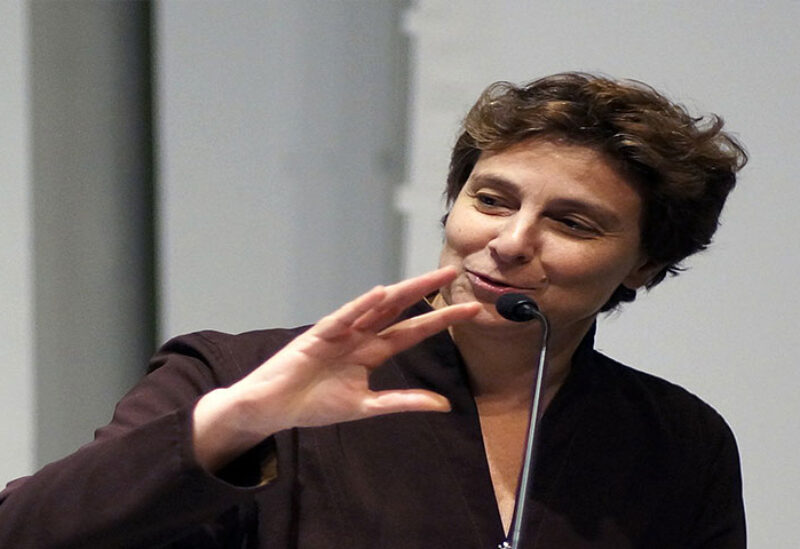
Architecture Hala Warde
Hala Warde was chosen to represent Lebanon at the Venice Biennale of Architecture in October 2019, before three days from the protests that broke out across her home country.
A few months later, the coronavirus pandemic forced the postponement of the biennale, and then in August 2020, Beirut was wracked by the explosion of the chemicals on the port.
Come November, the commissioner of the Lebanese pavilion asked Warde if she thought it was even worth continuing.
“To abandon it now would be betraying the Lebanese youth,” she responded, according to comments that the commissioner, Jad Tabet, recounted at a press conference announcing plans for the pavilion.
The overall theme for the biennale, raised by its Lebanese curator Hashim Sarkis, is “How will we live together?” That query has become more urgent than ever, and Warde has responded by creating a pavilion that looks to places in which people can be calm.
A Roof for Silence will also show Etel Adnan’s series of 16 luminous paintings, ‘Olivea: Hommage a la Deesse de l’Olivier’ (Olivea: Homage to the Goddess of Olive Trees), 2018 © Etel Adnan
A Roof for Silence will also show Etel Adnan’s series of 16 luminuous paintings, ‘Olivea: Hommage a la Deesse de l’Olivier’ (Olivea: Homage to the Goddess of Olive Trees), 2018. Etel Adnan
Under the title A Roof of Silence, the exhibition looks to the culture and nature of Lebanon, Warde says, in a pavilion drawing on art, photography and poetry. The writer Paul Virilio lends a text, while the great writer and poet Etel Adnan will show her Hommage a la Deesse de l’Olivier (Homage to the Goddess of Olive Trees, 2019), a suite of 16 paintings depicting the mountains of Lebanon.
These abstract, circular colourations will inject an “explosion of colour” into the otherwise black-and-white exhibition, says Warde, and their subject relates to the crux of the biennale. “The spaces they evoke are the very metaphor for architecture: spaces where the villagers can come together to meet, to discuss and to engage with one another.”
The pavilion opens with photographs of 1,000-year-old olive trees, taken in Bchaaleh by Fouad Elkoury. Their gnarled curving trunks and branches form places where one can sit and rest.
Fouad Elkoury’s photographs of olive tries in Bchaaleh, for A Roof for Silence, 2019 © Fouad Elkoury
Fouad Elkoury’s photographs of olive tries in Bchaaleh (2019), for A Roof for Silence. Fouad Elkoury
“The trees are little monuments of architecture,” says Warde.
An aerial diagram of the tree’s jagged, C-shaped outlines connects to another top-down view on show: a map showing the extent of the chemical explosion in Beirut. At the centre of the gallery will be a glass column, evoking neoclassical columns, acting as an ambassador for Lebanon and its rich history.
The Rajabai Tower, overlooking the Oval Cricket Ground, is a Porbunder stone structure that merges the genres of Victorian, Gothic and Islamic architecture. India’s Rajabai Clock Tower undergoes nine-year restoration, heralding a new era for Mumbai
Dublin Before the Tiger: old photographs of Ireland show a time lost for ever
As the visitors move through the exhibition, they are led to a triptych projection of 16 olive trees. Filmed in the darkness of the night by Alain Fleischer, filmmaker, photographer and visual artist, these trees offer a sensory experience of emptiness and light, accompanied by a musical creation by the sound artists Soundwalk Collective.
Warde was trained in France and worked with renowned French architect Jean Nouvel, whose influence one can see in her facility. She left his studio in 2008 to found her own practice, HW Architecture, but was called back to collaborate with him on the design of Louvre Abu Dhabi, for which she led the project.